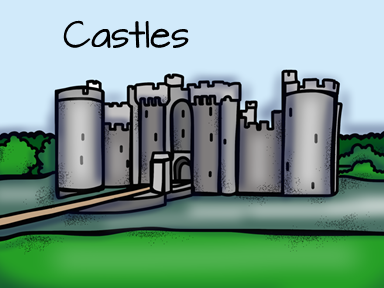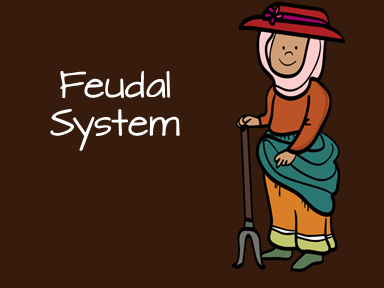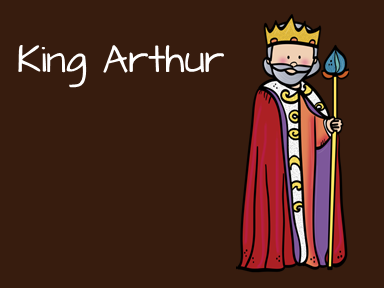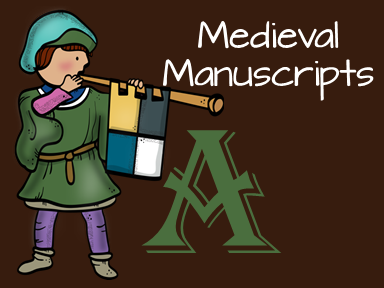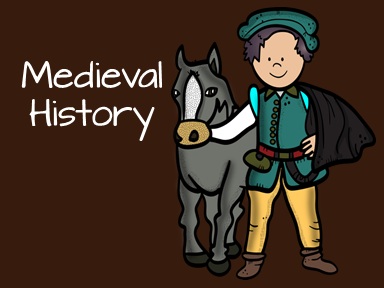

Often these holidays were celebrated by a great banquet. After the meal was served acrobats, dancers, jugglers, and minstrels would entertain the guests. A troubadour would chant and sing stories. The fool, or jester, wore a costume that was half one color and half another. He had a cap that had bells hanging from it. The jester would tell jokes about the noble classes and did funny things.
Indoor Sports
Indoor games included chess, checkers and backgammon. The lords and ladies liked to play music, sing, and compose poetry. Listening to storytellers' while embroidering was a popular pastime of the ladies.
Outdoor Sports
Children played Hide and Seek and Blind Man's Bluff. Noble children played marbles or Bocci. Bocci is a game played on a small patch of lawn. It is played between two players or two teams of players. The object of the game is to roll your four Bocci balls closest to the jack, a smaller golf ball sized ball. The youngest person tosses the jack on the lawn and then one by one everyone gets two chances to roll their balls as close to it as they can get. The team with the ball closest to the jack wins the frame. They receive one point for each ball that is closer to the jack than the opposing team’s closest ball. The game is played until a specified score is obtained by one of the teams. This is usually between 7 to 13 points.
Winter Sports
Winter sports included archery and broad jumping. The children even tied small animal bones to their feet and ice skated.
Hunting
One outside sport was hunting. Only the royal had the right to hunt or fish whenever they pleased.
Falconry
Falconry became a popular sport of the nobility in the Middle Ages. In this sport noblemen trained falcons, hawks and occasionally eagles to hunt for game. The falcon was taken from its nest before it learned to fly. It was then trained to hunt for its owner. Most of time the prey is too large for the falcon to carry, so it is the falcon’s job to lead its owner to the prey. The falconer would usually end up with a good catch of rabbit, quail, and other choice game.
Tournaments
By the end of the twelfth century the tournament was the favorite pastime of the feudal lord. All manor residents and neighbors would be invited to attend. Knights and nobles would set up their pavilions, large round colorful tents, on a field. Over the pavilion tent banners flew to show the rank of a contestant (count, marquis, or baron). The contestants carried shields with coat of arms.
On the first day of the tournament the knights would compete in jousts. A joust was a single combat in which pairs of knights rode full tilt at each other with 10 foot long lances. The knights were dressed in full armor. If a knight was knocked to the ground he forfeited his armor and horse. The knight had to pay a ransom to get them back.
Later companies of knights battled in mimic warfare called melees.

